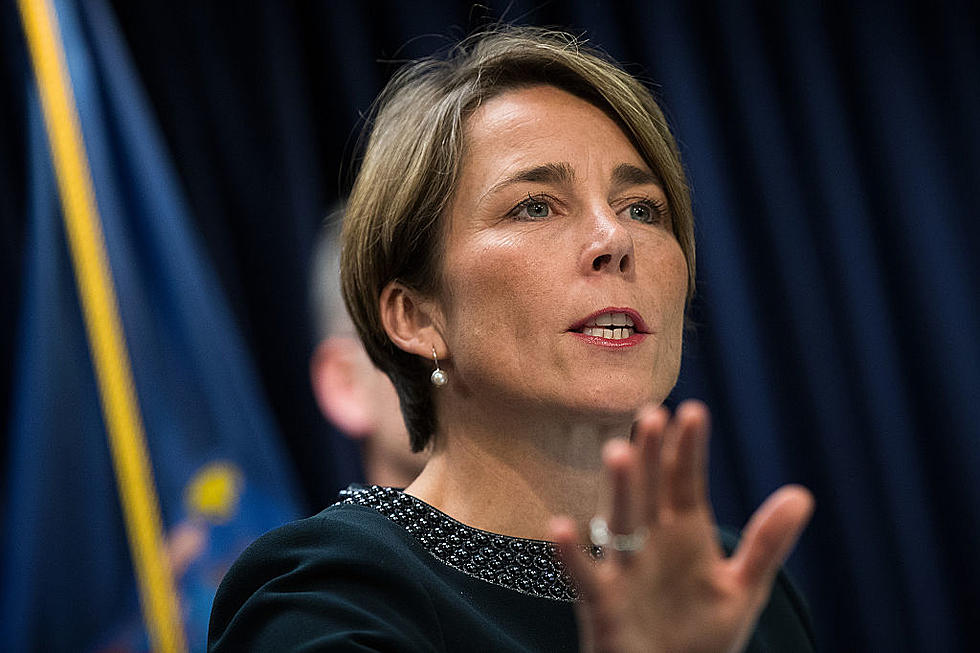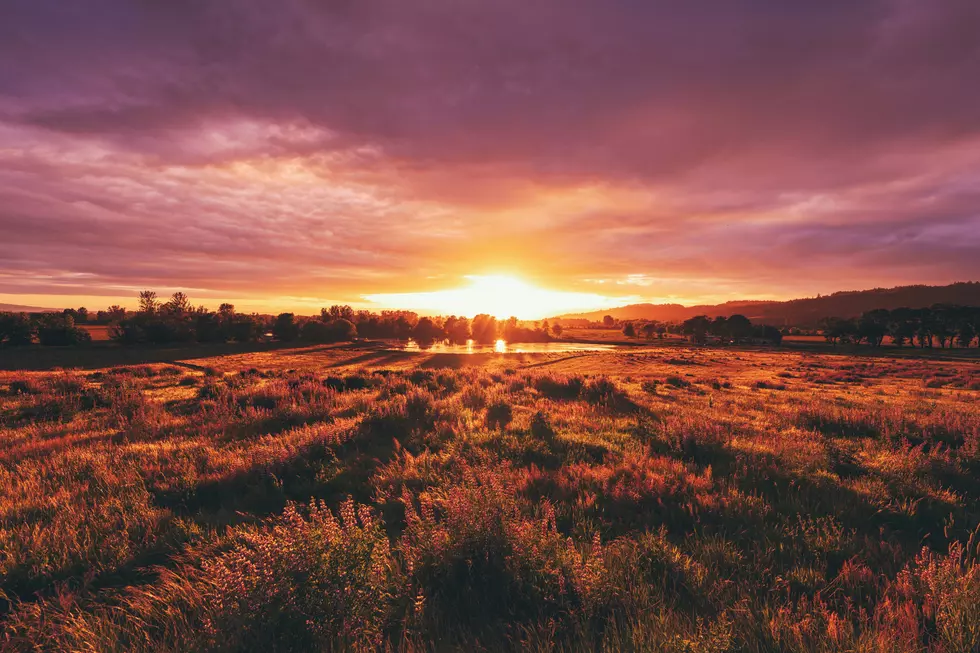
Mass. Cities ‘Most In Danger’ By Climate Change
The climate in Massachusetts is changing as global temperatures increase. Stronger storms, the earlier arrival of spring, droughts, hotter summers, higher sea levels are all the result of a warming globe.
People have increased the amount of carbon dioxide in the air by 40 percent since the late 1700s. Other heat-trapping greenhouse gases are also increasing. These gases have warmed the surface and lower atmosphere of our planet about one degree during the last 50 years. -epa.gov
Mass. Cities 'Most In Danger' From Climate Change
There are certain cities in Massachusetts that are more at risk from climate change with Boston being the most at risk overall and Fall River being the least at risk overall. -climatecheck.com
Heat, Precipitation, Drought, Fire, Flood...
The risks associated with Massachusetts are broken into 5 categories. What cities are most at risk for heat, precipitation, drought, fire, and flood. How populated is your city? How close is it to water? What elevation level is your city at? Is your city more elderly that its neighbor? Is your city rich or poor or somewhere in the middle? All of this and more is taken into consideration when "at risk" is at play when talking about climate change.
Most at risk for heat: Springfield, MA (population 154,000)
Most at risk for drought: Worcester, MA (population 205,000)
Most at risk for precipitation: Brockton, MA (population 104,826)
Most at risk for flood: Plymouth, MA (population 61,000)
Most at risk for fire: Plymouth, MA (population 61,000)
Changes in temperature and precipitation could increase the incidence of acute and chronic respiratory conditions such as asthma. Higher temperatures can increase the formation of ground-level ozone (smog), a pollutant that can contribute to respiratory problems. Rising temperatures may also increase the length and severity of the pollen season for plants such as ragweed. Certain people are especially vulnerable, including children, the elderly, the sick, and the poor.
LOOK: 25 must-visit hidden gems from across the US
Gallery Credit: Abby Monteil
More From WBEC AM








